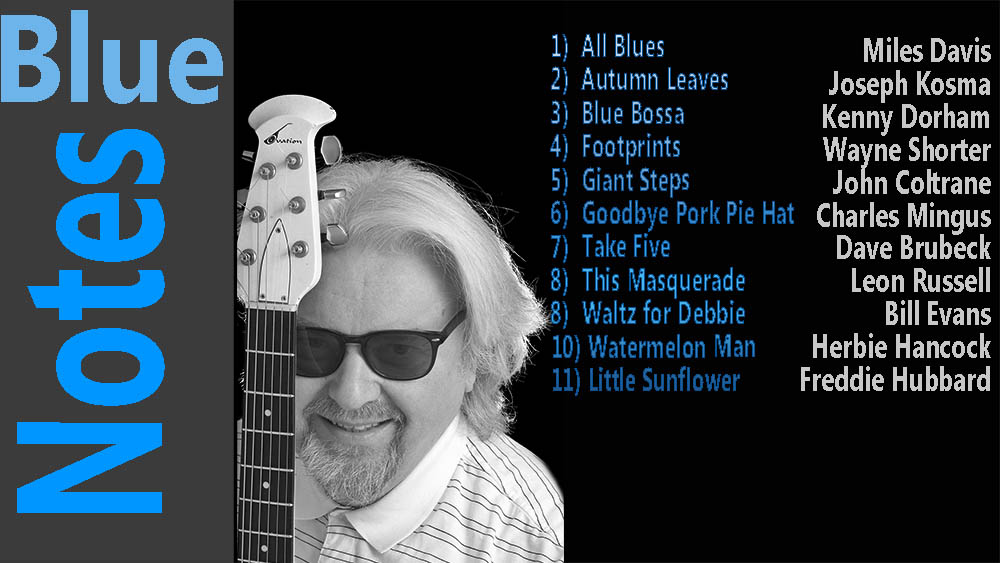Blue Bossa

Download Blue Bossa here as an MP3
Play: Blue Bossa
Devian Zikri's arrangement updates the bossa nova beat of this Latin Jazz standard. Don't miss the drum solo at 3 minutes 10 seconds. Blue Bossa is a composition by Kenny Dorham. It was introduced on Joe Henderson's 1963 album Page One on, yes you've guessed it, Blue Note records.
Musical Analysis of Blue Bossa by Kenny Dorham
"Blue Bossa" is a classic jazz standard composed by Kenny Dorham. Here's a musical analysis:
1. AABA Form: "Blue Bossa" follows a common jazz form known as AABA. The A sections typically feature the main melody, while the B section provides contrast. The A sections are often played in a minor key, while the B section transitions to a major key, creating a sense of tension and release.
2. Latin Influence: The composition is heavily influenced by Latin jazz, particularly the bossa nova style. This is evident in the rhythmic groove, which typically features a bossa nova or samba feel. The use of syncopated rhythms, clave patterns, and Latin percussion instruments contribute to the piece's infectious and danceable vibe.
3. Harmonic Progression: "Blue Bossa" follows a simple yet effective harmonic progression. The A sections typically revolve around a minor key, often D minor or C minor, featuring a ii-V-I progression. The B section then modulates to a major key, such as D major or C major, before returning to the minor key for the final A section.
4. Melodic Contour: The melody of "Blue Bossa" is catchy and memorable, characterized by its lyrical and singable phrases. It often features smooth scalar motion and arpeggiated figures, reflecting the influence of Brazilian melodic sensibilities. The melody provides ample opportunities for improvisation and exploration, allowing musicians to add their own personal touches.
5. Instrumentation: "Blue Bossa" is typically performed by a small jazz ensemble, commonly featuring a rhythm section (piano, bass, drums) and one or more melodic instruments (e.g., trumpet, saxophone). The ensemble interacts dynamically, with each instrument contributing to the overall texture and groove of the piece.
6. Popularization: "Blue Bossa" has become a widely recognized and frequently performed jazz standard since its composition in the early 1960s. Its catchy melody, infectious groove, and accessible harmonic structure have made it a favorite among jazz musicians and audiences alike. Countless recordings and interpretations of the tune exist, showcasing its enduring popularity and versatility.
Overall, "Blue Bossa" exemplifies Kenny Dorham's skill as a composer and his ability to blend jazz and Latin influences into a compelling and timeless composition. Its catchy melody, infectious groove, and harmonic sophistication continue to captivate listeners and inspire musicians around the world.